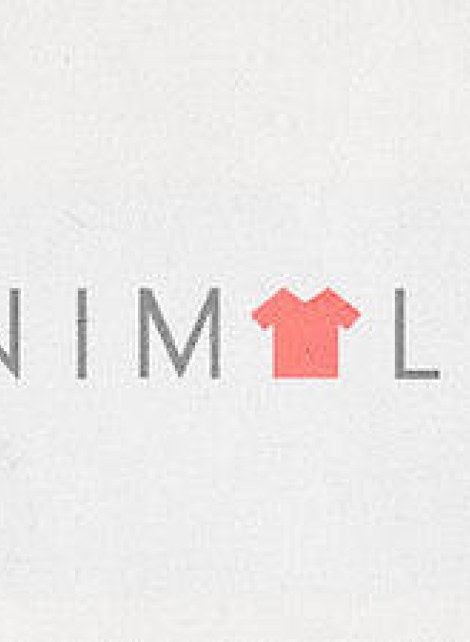The Minimalist art movement was introduced in the 1960s, rebelling against the contemporary Abstract Expressionism. Minimalism is about removing biography suggestions, metaphor, symbolism, and conceptual meaning from the art. This means simplifying the use of material, limiting color and image choice to minimize emotions, and utilizing the space. There are no secrets behind minimalist pieces that the audience becomes more aware of their presence, and that is my personal favorite characteristic of minimalism.
The elimination of “non-essentials” is the fundamental aspect of minimalism. To me, minimalism in fashion would be:
- consistent, monochrome color scheme
- sleek cut
- emphasis on material
- no interruption by overly complicated patterns
Many people aren’t necessarily impressed by minimalism; however, they probably aren’t looking at how much a simplistic result really says about its creation process and about the philosophic elements intended by the author. Admittedly, I used to be one these people!
It wasn’t until a class assignment required me to do explicit research on minimalist fashion designers that I realized, depending on the author’s minimalist sense, minimalism can be executed differently in order to reflect the author’s identity. This changed my assumption that minimalism in fashion strictly means "plain." In fact, the style is open to wonderfully clever interpretations.



